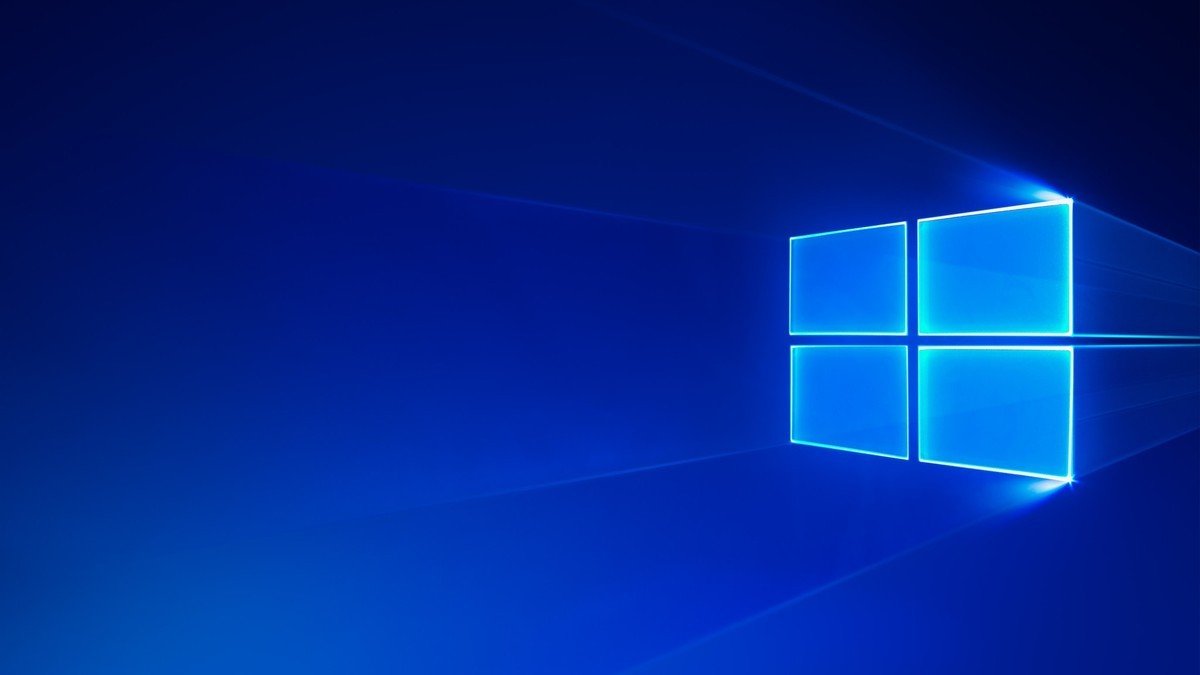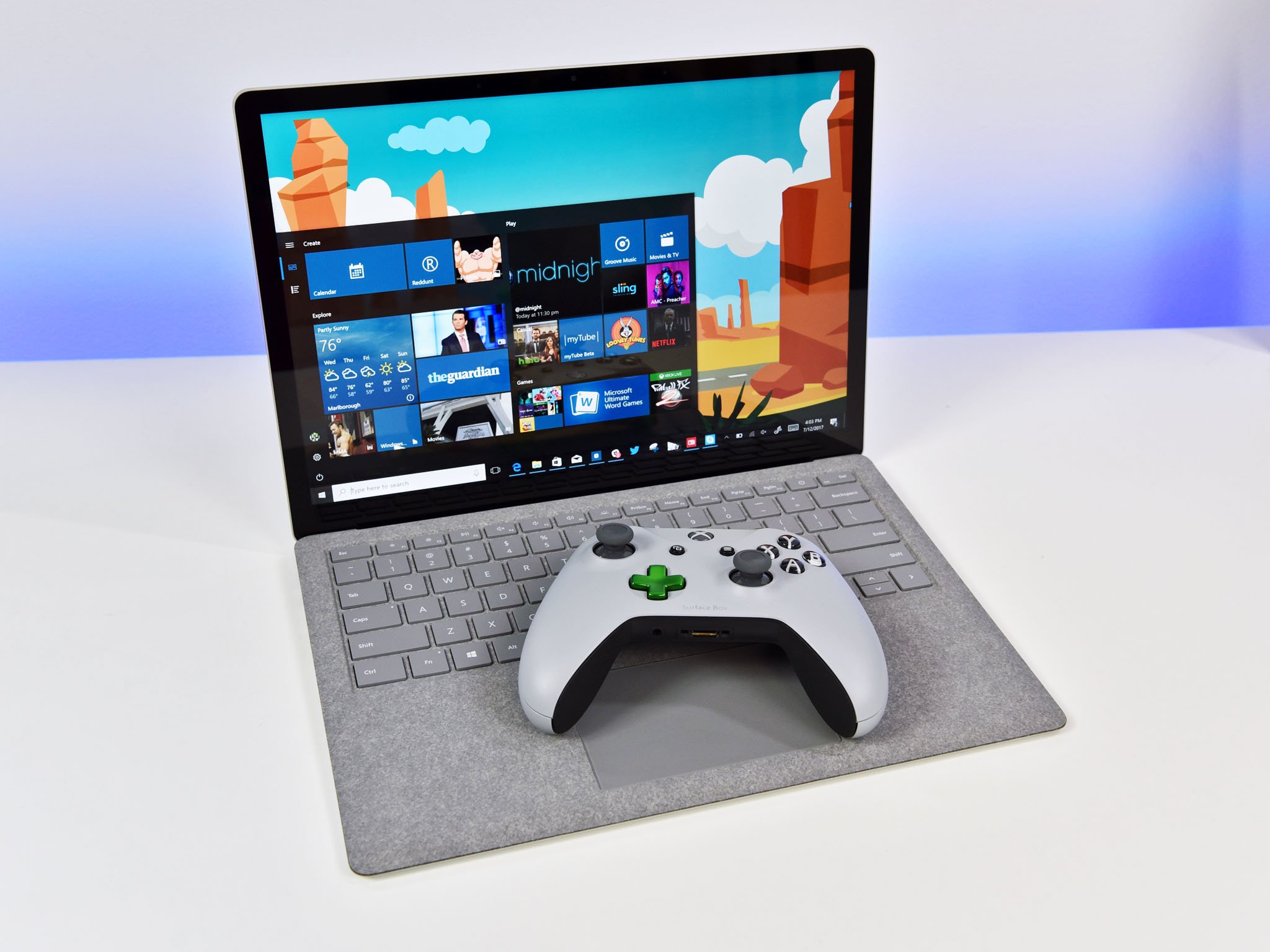Microsoft is turning Windows 10 S into a mode that runs on other Windows editions
Windows 10 S as a standalone edition of Windows is no more. Instead, Microsoft is turning that idea into a mode that runs on top of other editions of Windows 10.

Earlier this year, Microsoft announced that it was changing how Windows 10 S was delivered to users. When Windows 10 S was originally unveiled, it was a specific Windows SKU (edition) that was available alongside other SKUs such as Windows 10 Home, Windows 10 Pro, and Windows 10 Enterprise. Now, however, Microsoft is killing that specific Windows 10 S SKU and is turning it into a mode that runs on top of existing Windows 10 SKUs instead.
A report from Thurrott confirms these plans, and revealed that over 60% of users who are running Windows 10 S on low-end devices do not upgrade to Windows 10 Pro. That's more than a lot of us were expecting, especially with apps like Google Chrome not being available on Windows 10 S. Now, that 60% number doesn't mean much on its own considering we don't know the exact usage scenarios or the amount of people running Windows 10 S, but 60% is 60%, and it's definitely more than what a lot of us assumed it would be.
Microsoft turning Windows 10 S into a mode that runs on top of Windows 10 Home, Windows 10 Pro and likely other editions of Windows is an interesting change. It allows for Microsoft to get Windows 10 S out into the hands of more people, and gives OEMs the flexibility of choosing a SKU with S mode or not. Thurrott claims that devices that come with S mode enabled will be able to turn S mode off, and depending on the edition of Windows that device comes with, will be a free or paid switch.

Windows 10 Home users, for example, will be able to switch off S mode for free. If your device comes with Windows 10 Pro with S mode, however, you will be required to pay $49 to switch it off. The idea of Windows 10 S hasn't change here, but rather Microsoft is making Windows 10 S more accessible to a wider audience. OEMs won't have to choose between Windows 10 Home, Windows 10 Pro, or Windows 10 S now, they just have to pick Windows 10 Home or Pro, and choose if they want it to have S mode on by default. This does not mean Microsoft is requiring S mode to be on by default when an OEM pre-loads Windows 10 onto their device. It is still optional.
For gamers, this isn't a change you have to worry about. Most PC gamers build their own PCs, which means they also buy their own Windows license for installing on that custom build. You will still be able to buy Windows 10 Pro without the S limitation, and as such that crowd will be fine. Microsoft also won't be springing S mode onto existing Windows 10 devices that aren't already running Windows 10 S, so your existing Windows 10 Home or Windows 10 Pro devices will continue to operate as normal.
This change only really affects new devices that ship with Windows 10 in the future. Starting with Redstone 4, OEMs will be able to choose if S mode is enabled for their devices. Not every OEM will, and it will very likely depend on the specifications of the OEM device you're buying. Most low-end devices likely will have S mode enabled, as it's cheaper for OEMs and also helps with performance. And while I imagine there will be some higher-end devices with S mode enabled, most OEMs will likely want to stick with Windows 10 Pro without S mode enabled by default, at least for now.
Microsoft turning Windows 10 S into a mode is most certainly not the end of Windows 10 S as an idea. Microsoft see's Windows 10 S as the future of Windows; a streamlined, secure OS with good performance and battery life. I do wonder, however, if this change is in preparation for the upcoming Windows Core OS modern version of Windows 10. Perhaps Microsoft is making room for a true Windows 10 S SKU that runs on top of Windows Core OS and streamlines the OS even further? Only time will tell.
All the latest news, reviews, and guides for Windows and Xbox diehards.

